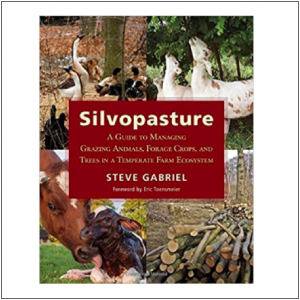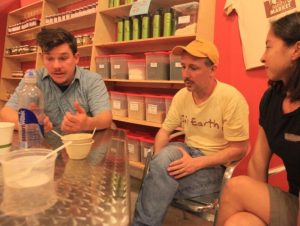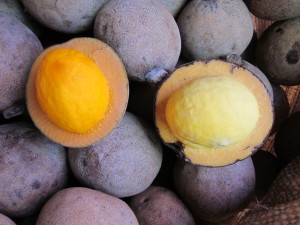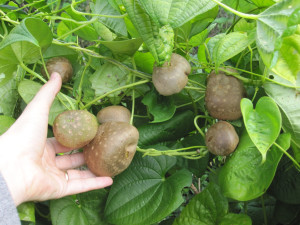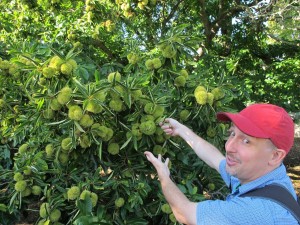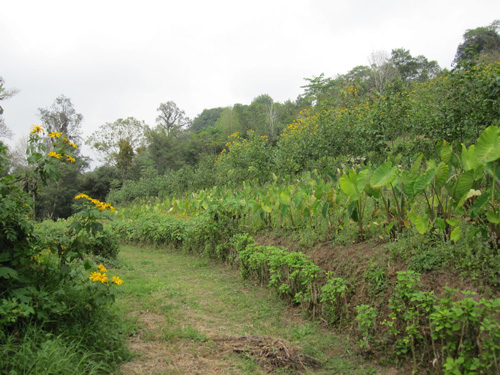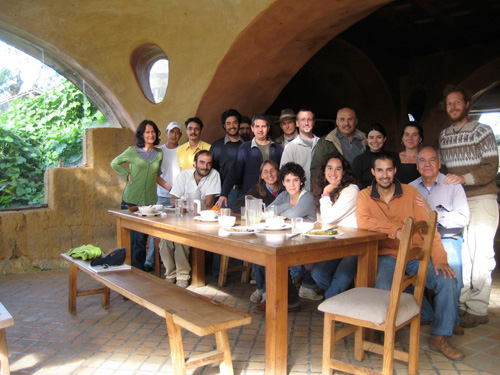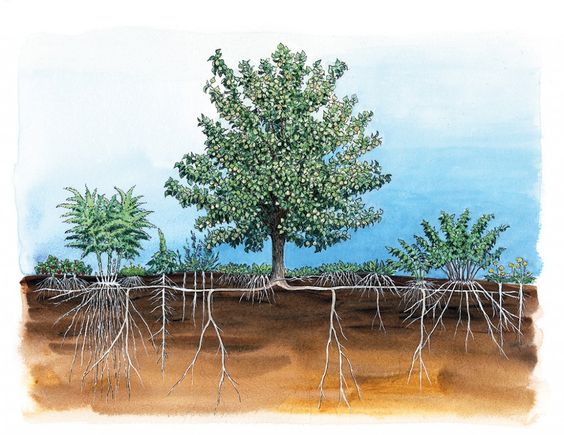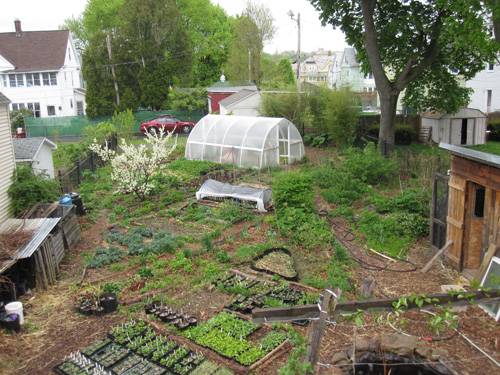Announcing a weekend workshop on perennial staple crops, in-person in Massachusetts USA, this October 13-25. These trees, shrubs, vines, and perennial herbs produce protein, starch, and fats. Featuring field trips and tastings! With special guests Jono Neiger of Big River Chestnuts, Jesse Marksohn of Yellowbud Nursery on nut oils, Piyush Labhsetwar on perennial grains, Jennifer Milikowsky on acorn-fed pork, and highly educational and delicious meals from chef Neftalí Durán. Register for the workshop here.
- About the Author
-
-
Eric Toensmeier

-
-
Eric Toensmeier is the award-winning author of Paradise Lot and Perennial Vegetables, and the co-author of Edible Forest Gardens as well as a contributor for Drawdown. He is an appointed lecturer at Yale University, and an international trainer, presenting in English and Spanish in the US, Canada, Mexico, Guatemala, and the Caribbean. Eric has studied permaculture and useful plants of the world for over two decades. He managed an urban farm project for five years, ran a seed company, and co-developed a farm business training curriculum that is now used in eight US states and three Canadian provinces. Eric’s most recent book is the Carbon Farming: a Global Toolkit for Stabilizing the Climate with Tree Crops and Regenerative Agriculture Practices which was backed by supporters through a Kickstarter campaign.
-
-
Follow me on Twitter
My Tweets
-
-
- Bookstore
-
-
Perennial Vegetables
-
Paradise Lot
-
Carbon Farming
-
- Blog
-
Recent Posts
- climate adaptation resources March 13, 2025
- new courses, interviews, writings September 11, 2024
- Outstanding Nectary Plants May 20, 2024
- Events April 18, 2024
- My new publication on breeding oaks for food September 6, 2023
Top Posts
- A Global Inventory of Perennial Vegetables
- Integrating Livestock in the Food Forest
- Perennial Cereal Grains: A Promise Requiring Patience and Prioritization
- HARDY GINGERS FOR THE FOOD FOREST UNDERSTORY
- All Nitrogen Fixers Are Not Created Equal
- Legume Trees with Pods Edible by Livestock
- Fukuoka's Food Forest
- Events
- Ecosystem Mimicry in Subtropical Florida
- User–Generated Food Forest Resource is Online
-
- Permaculture Content
- Contact Info
-
-
Before you reach out…
I have been focused on some family matters recently and I’m less available than normal. If you have a question about finding seeds or plants, please check out my list of suppliers. There’s a lot of other good stuff on this website, too.I am still taking on some speaking engagements, workshops, and consulting projects. My fees are higher than in the past. Please contact me by email for a current fee schedule.Email: toensmeier (AT) gmail (DOT) com
Phone: (413)-695-6115
-
Sign Up for Eric’s E-mails
-
-
